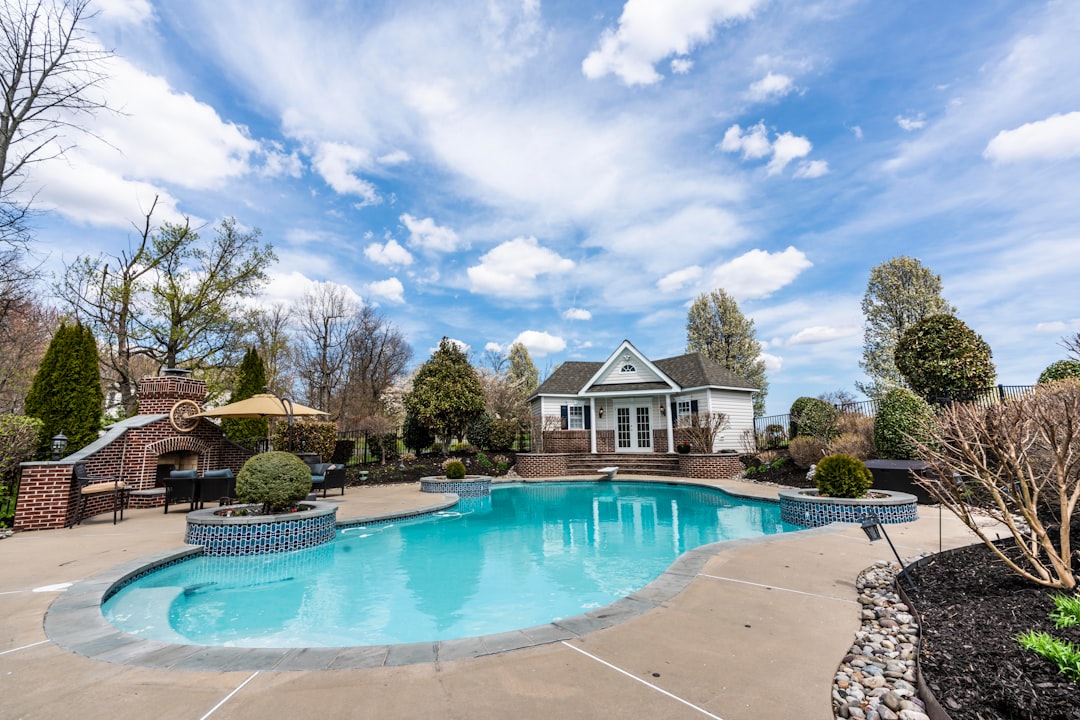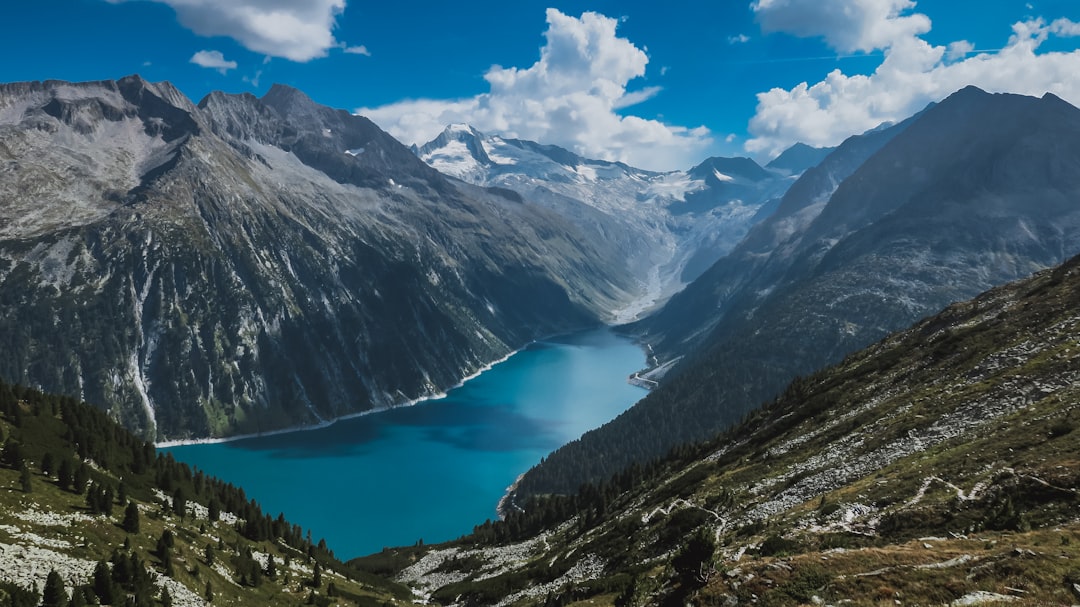What is it about?
We use camera traps to quantify visitation rates of birds at 5 water sites at the Blue Hill Nature Reserve, Western Cape, South Africa. We model visitation as a function of abundance and dietary guild, finding granivores are the most frequent visitors. Apart from the Victorin's Warbler, all of the other 5 endemic passerines were observed drinking water. Drinking rates were best explained by temperature and time since rain.
Featured Image
Why is it important?
There are grave concerns regarding how rainfall patterns are changing in the fynbos biome. Lower rainfall means lower plant productivity, and also fewer water resources for species reliant on water for drinking or other aspects of their life histories. The fynbos endemics the Cape Siskin and Protea seedeater regularly visited water, and may be adversely impacted if water sources become unreliable or rare.
Perspectives
Living at Blue Hill Nature Reserve, I was aware as a ringer that certain sites were really productive for bird life and the most constant of these were at 2-3 reliable water sources. I decided to monitor these using camera traps to determine who was visiting when. It quickly became clear visitation was not constant, and it was interesting to see how temperature influenced visitation rates. The only tiring thing was going through the 35000 photos to document all the birds drinking!
Dr Alan Tristram Kenneth Lee
University of Cape Town
Read the Original
This page is a summary of: Hot bird drinking patterns: drivers of water visitation in a fynbos bird community, African Journal of Ecology, February 2017, Wiley,
DOI: 10.1111/aje.12384.
You can read the full text:
Contributors
The following have contributed to this page










